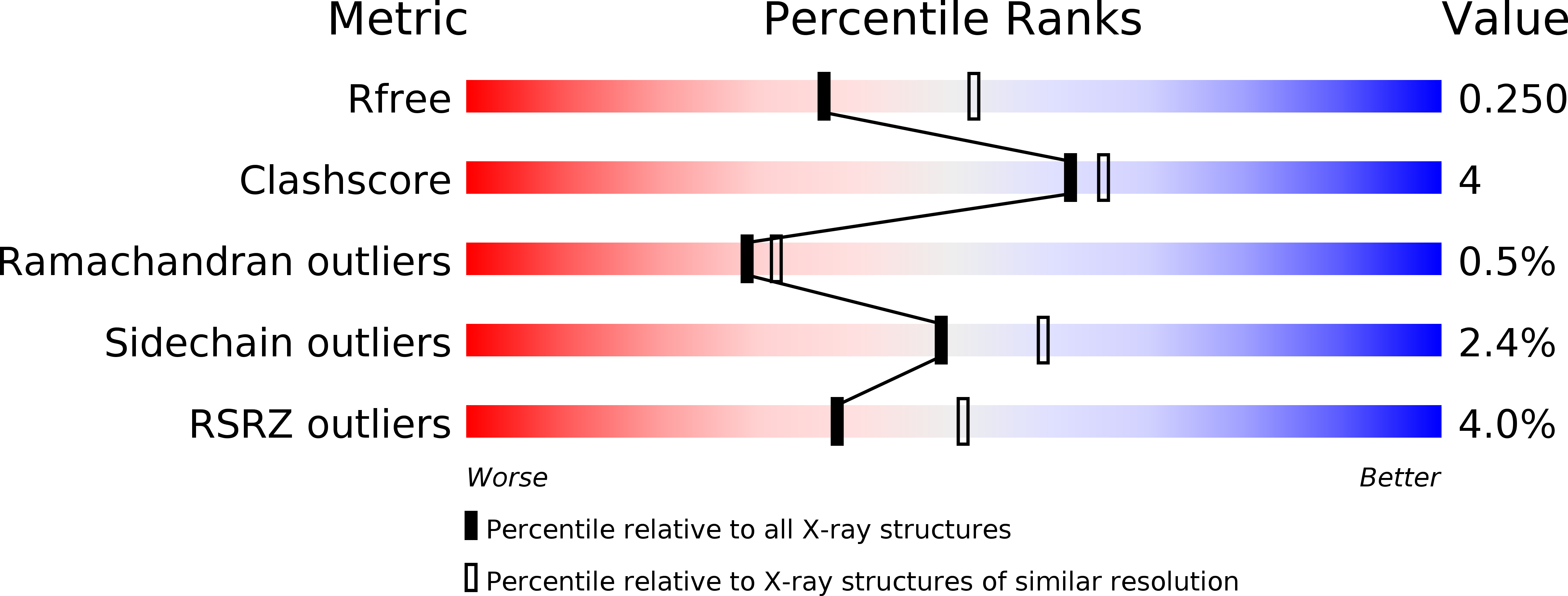
Deposition Date
2009-06-30
Release Date
2009-08-18
Last Version Date
2023-09-06
Entry Detail
PDB ID:
3I3R
Keywords:
Title:
X-ray structure dihydrofolate reductase/thymidylate synthase from babesia bovis at 2.35A resolution
Biological Source:
Source Organism:
Babesia bovis (Taxon ID: 484906)
Host Organism:
Method Details:
Experimental Method:
Resolution:
2.35 Å
R-Value Free:
0.25
R-Value Work:
0.20
R-Value Observed:
0.20
Space Group:
P 1


